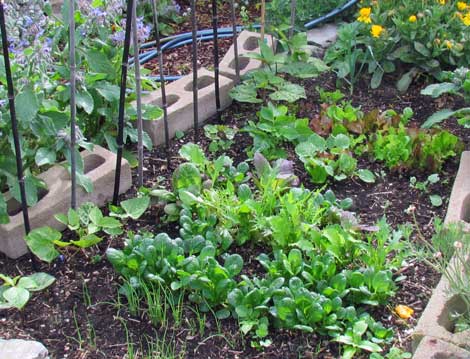It all begins with the soil…
Microbes and organic matter are the foundation of all great soil. Without healthy soil microbes, most plants will fail to thrive. Without good organic matter, microbes will not be present in significant amounts to support healthy plants. It’s a loop you can improve with compost in any type of soil. With sand, added organic matter creates biotic activity, which builds humus, which creates a sponge for water and nutrients to stay at the root zone of plants. In heavy clay soils, added compost adds space between clay particles which improves aeration and drainage.
I can’t stress enough how important compost is to adding health and vitality to your garden.

Let it Rot
Composting is easy. It is going to rot even if you forget about it. The trick with composting is to manage—to some degree—to keep microbes active and, produce a useable product eventually. If you are vermi-composting, the trick is to keep the worms happy. Happy worms = really good worm castings to use in your garden!
If you are interested in pursuing further, there are many great books on composting and vermicomposting, and, Youtube has how-to clips on just about anything you can rot. Take a class at the Monterey Regional Waste Management District if you want a hands-on introduction on the Monterey Peninsula. www.mrwmd.org it’s FREE!
If you already compost, pat yourself on the back for returning nutrients to the soil and keeping materials out of the municipal landfill!
If you need a refresher course, or help setting up a new pile (or worm bin) in your garden, I would be happy to assist.
